Top speed 370 km/h Wingspan 8 m Length 5.11 m | Range 1,500 km Weight 300 kg Unit cost 1,300,000–1,300,000 EUR | |
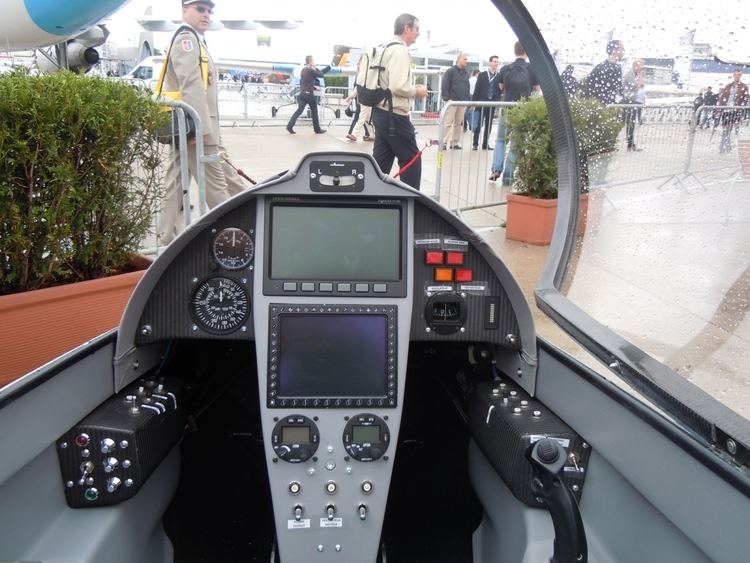 | ||
Cruise speed 269 km/h Manufacturer LH Aviation First flight 2007 Role Light aircraft Status In production Primary user Benin Air Force Produced 2007-present Number built 3 Similar Bede BD 5, Rutan Long EZ, Edgley Optica | ||
Lh aviation lh 10 ellipse vid o officielle salon du bourget 2011
The LH-10 Ellipse is a two-seat light aircraft kitplane designed by LH Aviation of France. It is a low-wing single-engine pusher configuration with a tandem seating arrangement, and is constructed of composite materials. The plane is marketed in a surveillance configuration as the Grand Duc (Eurasian eagle-owl).
Contents
- Lh aviation lh 10 ellipse vid o officielle salon du bourget 2011
- Lh aviation lh 10 ellipse lbg full hd lfta 2011 2
- Development
- Design
- Users
- Specifications
- References
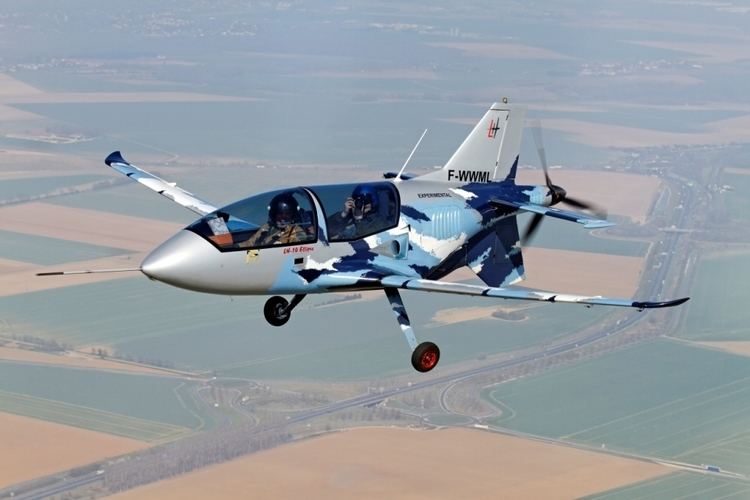
Lh aviation lh 10 ellipse lbg full hd lfta 2011 2
Development
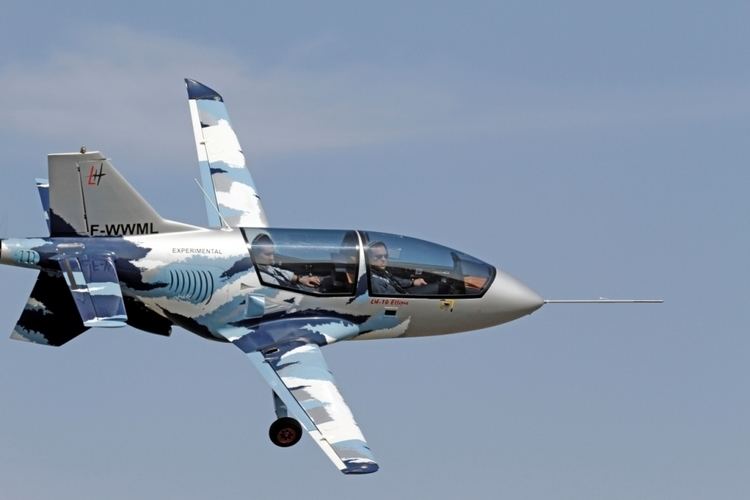
The LH-10 Ellipse was conceived by Frenchman Sébastien Lefebvre, starting as an engineering grande école (university) project to conceive "a small plane with different design and performance than available for private pilots". This led to the founding of the company, LH Aviation, in May 2004.
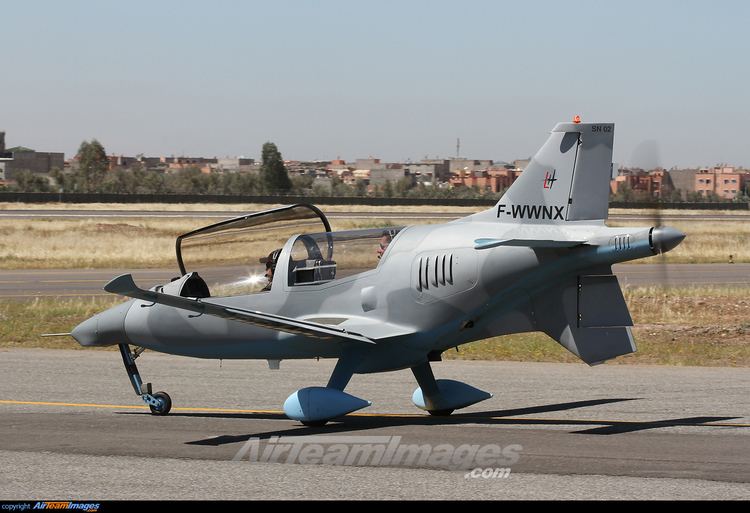
As a surveillance plane, Sébastien Lefebvre conceives of the plane as an alternative to drone UAVs, the latter being costly to operate, especially near airports. The Ellipse aims to "deliver 80% of the range of drone missions for 20% of the cost". The potential of the plane for surveillance and military missions led the investment fund Magellan Industries to become a shareholder in LH Aviation. The Ellipse was thus further developed in collaboration with Thales as a modular platform for civilian and military missions with different equipment systems, including day and night vision, rocket launching, and on-board communication systems.
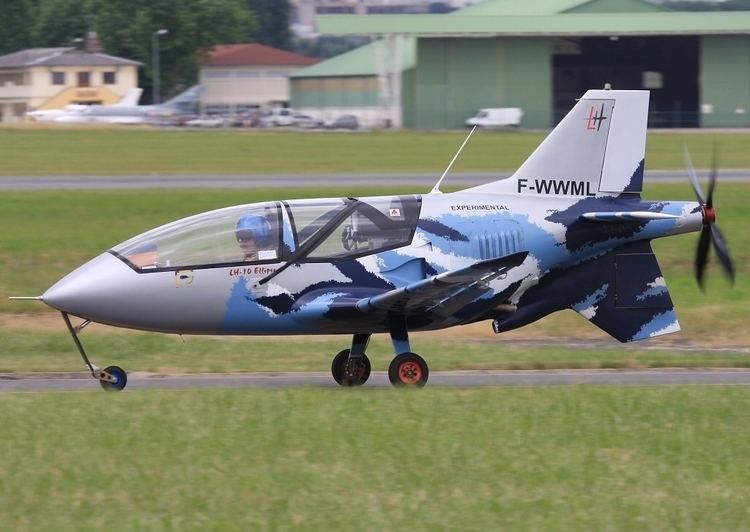
The LH-10 Ellipse is a low-wing, tandem two-seat light kit aircraft, powered by a 100 hp Rotax petrol engine in a pusher-propeller configuration. Its low weight and unusual configuration is designed to deliver a very high cruising speed with exceptional fuel economy. This high speed and a relatively high 50-knot stall speed will exclude it from the UK Microlight or United States LSA categories, so a full single-engine private pilot certificate will be the minimum certification requirement to fly it in these countries, which are not the immediate target of the manufacturer, anyway. At the 2008 Farnborough Airshow LH-Aviation said that for the future they would be looking into LSA/ELA compliant production, possibly for the United States.
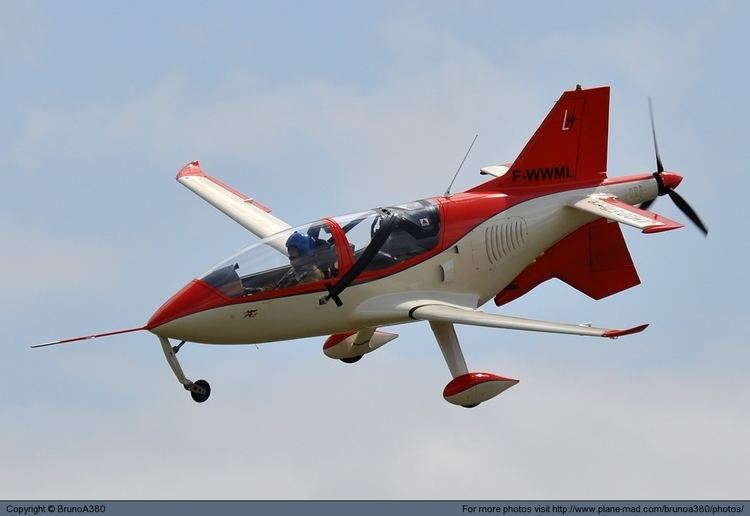
In February 2010, the aircraft began a series of tests required to achieve the French CNSK standard (an acromym for Certificat de Navigabilité Spécial Kit, the French kitplane certification). The company reported that "all construction documents have been validated in December 2009 by the French and English authorities."
Design
The airframe is constructed of composite material based on ingredients produced by DSM.

The production model is powered by a Rotax 912 four-cylinder reciprocating engine. (It has been tested using the 100 hp ULS variant, other options having been tested and discarded.)
The undercarriage is a tricycle design, and will be available in fixed or electrically retractable front wheel configuration.
The plane's design, with propeller in the tail and a short-nosed fuselage with a forward pilot seat in glider configuration, offers a field of view of 300 degrees.
The design follows the Bede BD-5 configuration, but is longer, more streamlined and of lighter composite material.
Users
The Force Aerienne Populaire de Benin has ordered two Grand Duc to monitor their coastlines around the capital Porto-Novo. The Grand Duc is a so-called "aerial territory surveillance system" and differs from the original version only in its comprehensive on-board instrumentation, including autopilot, equipment for night flying, GPS, Iridium satellite communications, transponder, digital camera, Geobox system for tracking the aircraft from the ground, etc.
The first production Ellipse appeared at the June 2011 Paris Air Show, painted in the colours of the Air Force of Benin. The first unit was delivered to Benin in late 2012 and the second unit was scheduled to be delivered in September 2013.
At the 2013 Paris Air Show, the company announced that it had received an order for 10 planes from Dubai-based Jet Energy. The planes are to be used in monitoring pipelines, oil rigs, and in tracking the dhows that conduct contraband trade between Iran and the United Arab Emirates.
Specifications
Data from Jane's All the World's Aircraft 2011/12
General characteristics
Performance
